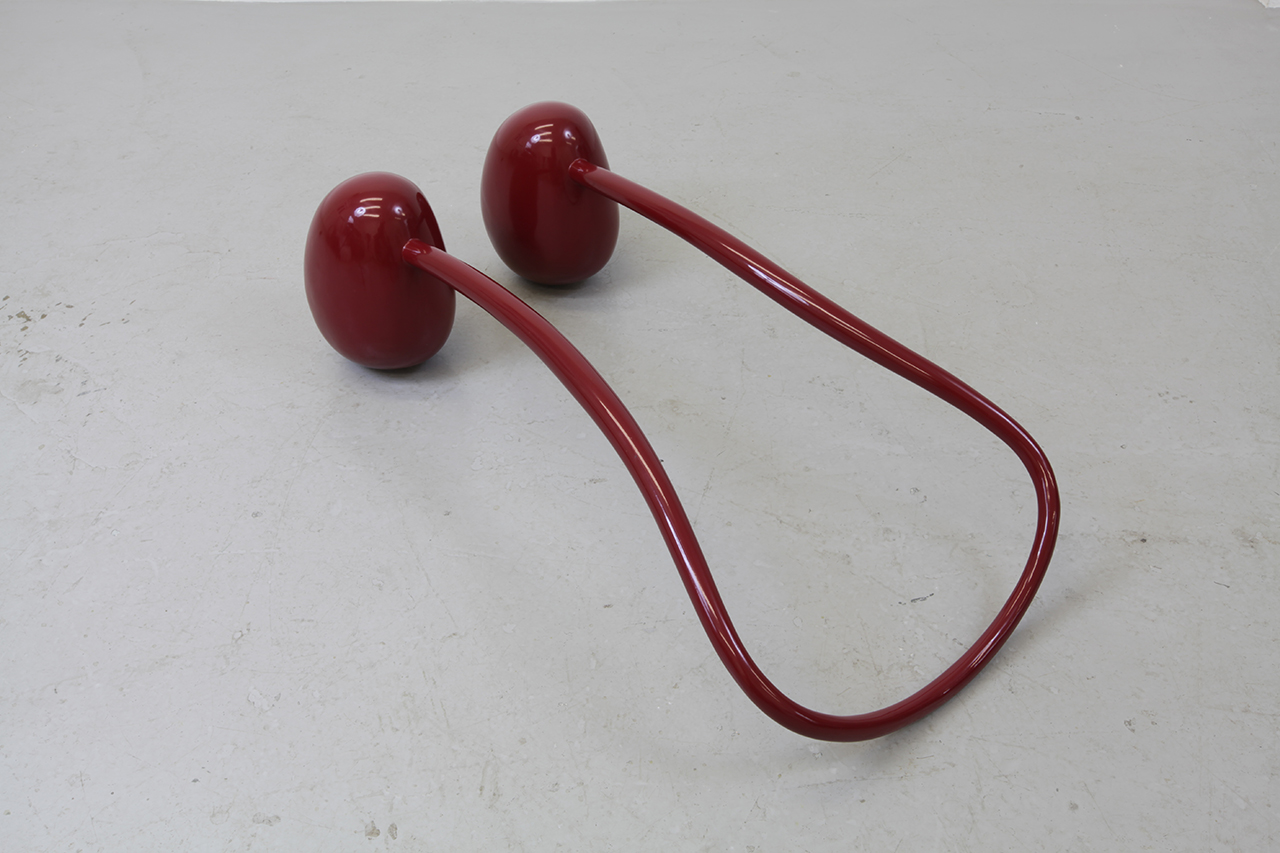
Queer Body of Work - Charles Mason
Marie Canet, 2016
The group of paper sketches, created in the mid 1990’s, allow us to consider what may be one of Charles Mason’s main issues. The intersexuality of the forms he conceives is clearly affirmed. Mason develops androgynous forms that become, throughout his research, queer minimal sculptural forms. These objects, staged in the domestic space, work on visual systems of formal interlocking and sexual inversions. They play with hanging positions or balance from the floor, as well as systems of penetration and circulation. These intersexual genital forms create Mason’s visual vocabulary that gradually overlaps on to the walls and furniture of the house. The ramps and chairs generate prosthesis’s and sexualise the domestic space. Starting from the year 2000, tables, chairs, coat stands, tubes, pipes and duct tape replaced plaster and resin: the whole house participated in Charles Mason’s love.
Charles Mason was born in 1962 in Exeter, United Kingdom. He worked in London and lived in the Islington area in North London. He shared his house, partially refurbished as a studio, with his wife Naomi Wilkinson (1963-2014), a famous British theater designer. She worked in the dining room; he worked directly underneath, in the basement. A narrow staircase connected the two spaces. Above this, the bedroom. In this living space for two that was also an area for isolated creation, the spaces of physical contact organised the spaces for intersubjective encounters, where the daily loving relationship and the formal production came to play.
In this way, the house was the scene for the erotic practice and creation of volumes of Mason’s genital forms (Forms of Stool, 1995). It then became an actor and a colleague in the operating systems of the pieces (#2 (Them and Us), 2005). Finally, it was a spectator: it watched them work (Stepping Lighting, 2010). It went from assemblage to juxtaposition, from an organic relationship to systems of strategic and connected placing, playing with views and analytical observations. The vulvas were therefore transformed into flabby tongues covered in earthenware scales, thwarted smiling penises placed in front of untainted black Plexiglas screens.
Each of Mason’s works is the result of a daily experience: with the body, with architecture, with the practice, with the other. The issues of the 1990’s have become, in his more recent pieces, even more complex, putting points of fragile contact and systems of mobile ties into play. Rockers (II) (2013) is a drawing in volume of an erect penis, balanced on the edge of a hole. The artwork is almost pornographic, as if you push it a bit, it moves from right to left. Seen from above, it resembles a tongue coming out of a mouth. When the artist made it work, he laughed.